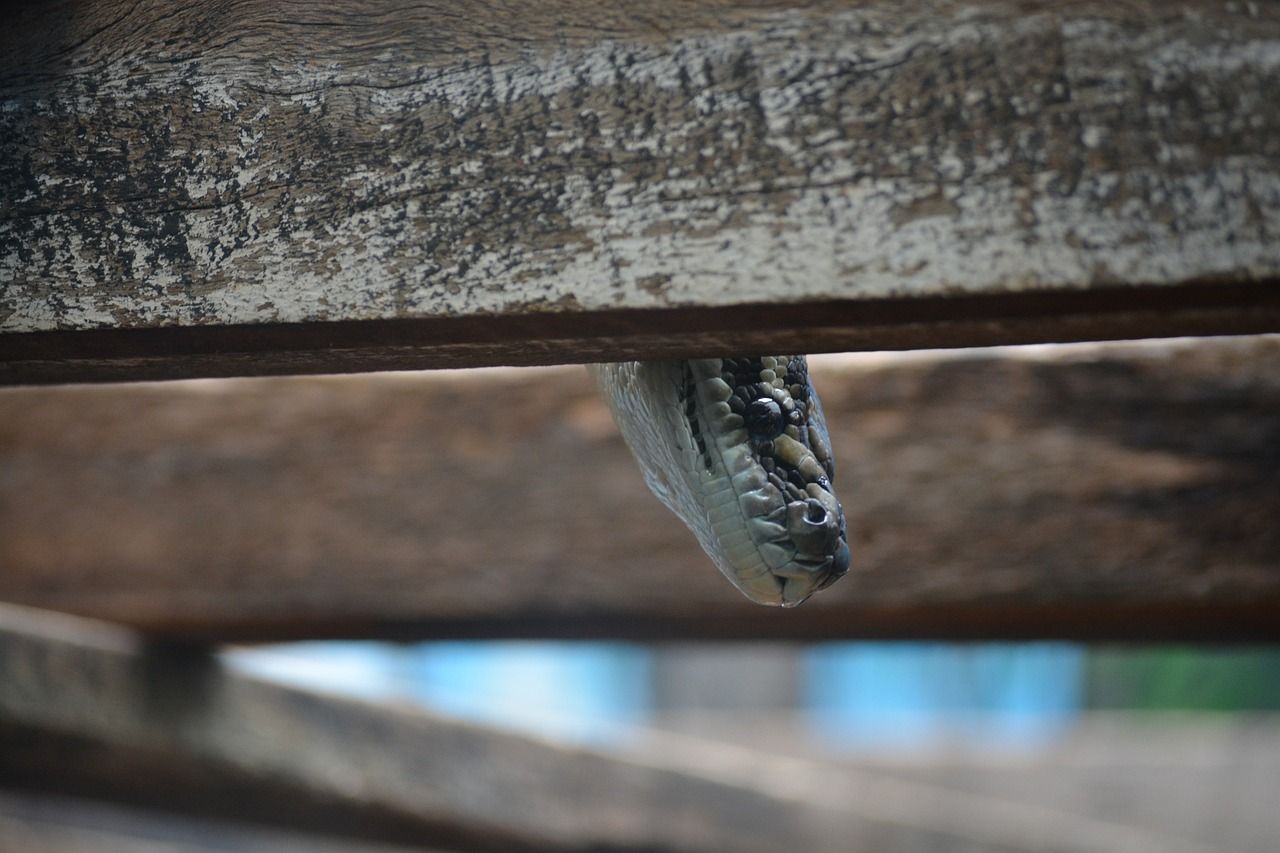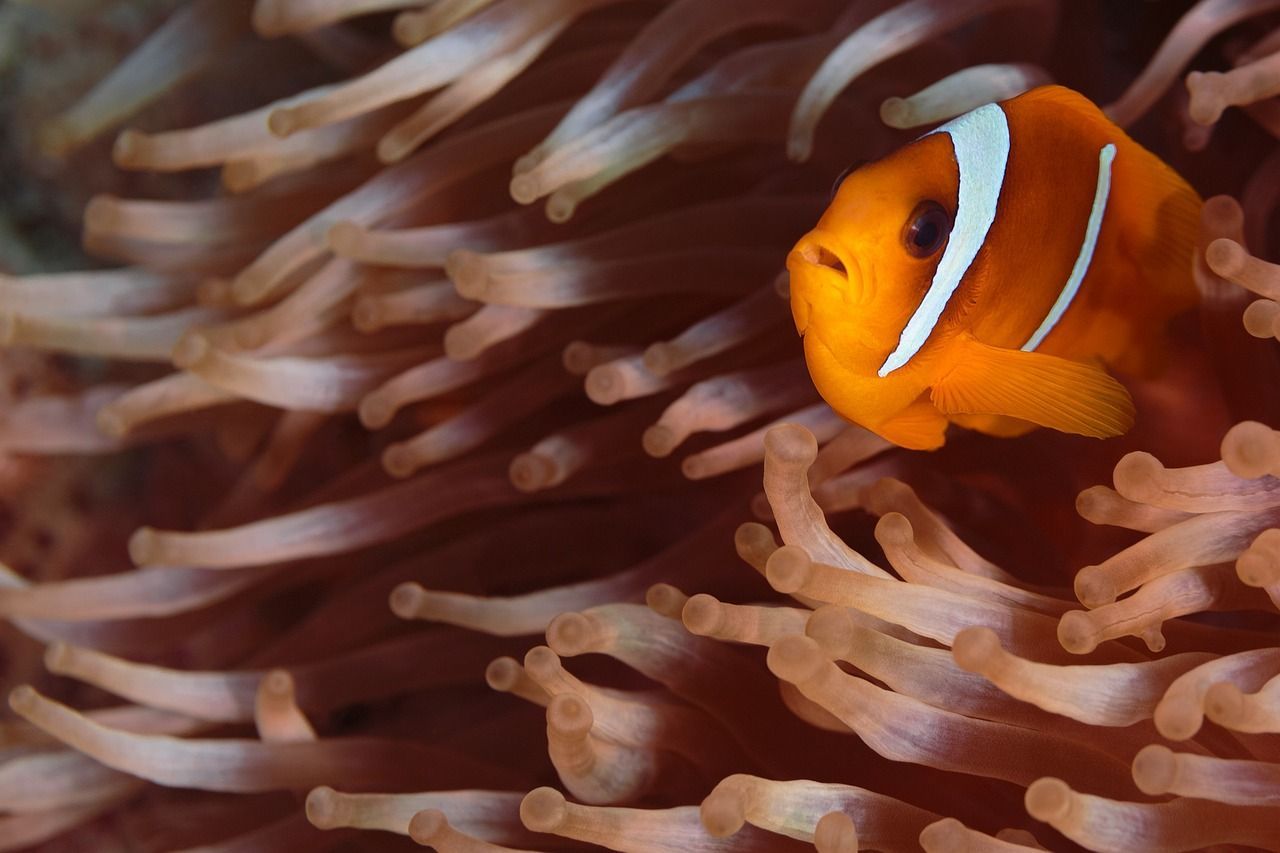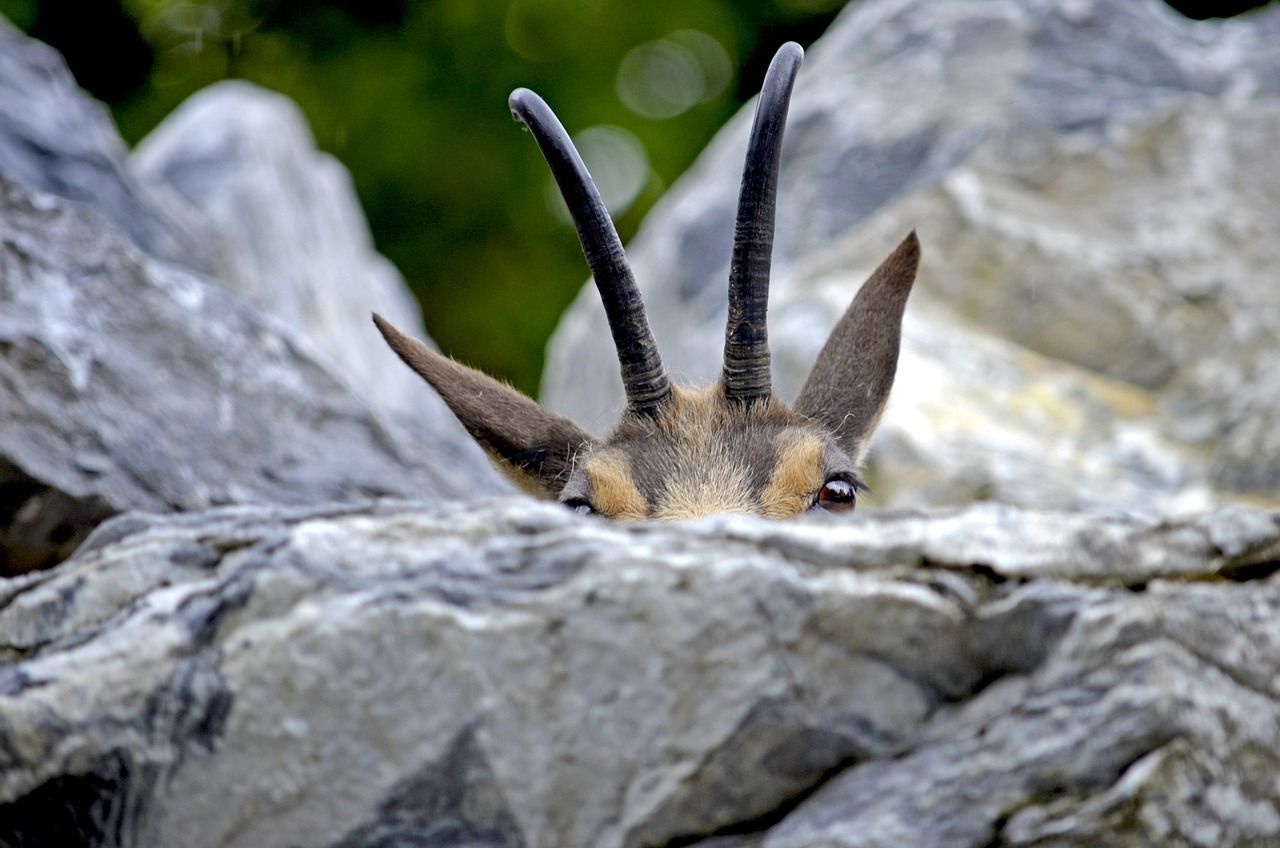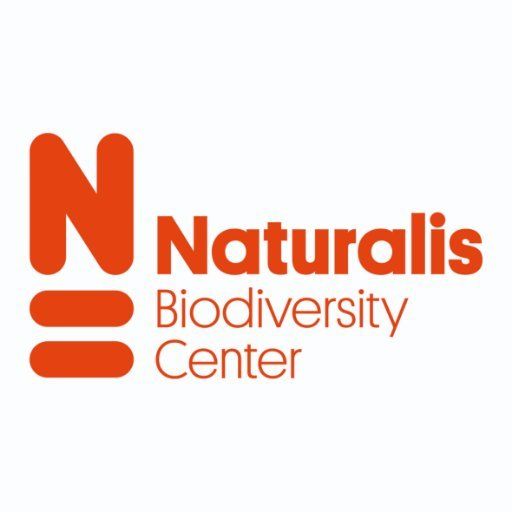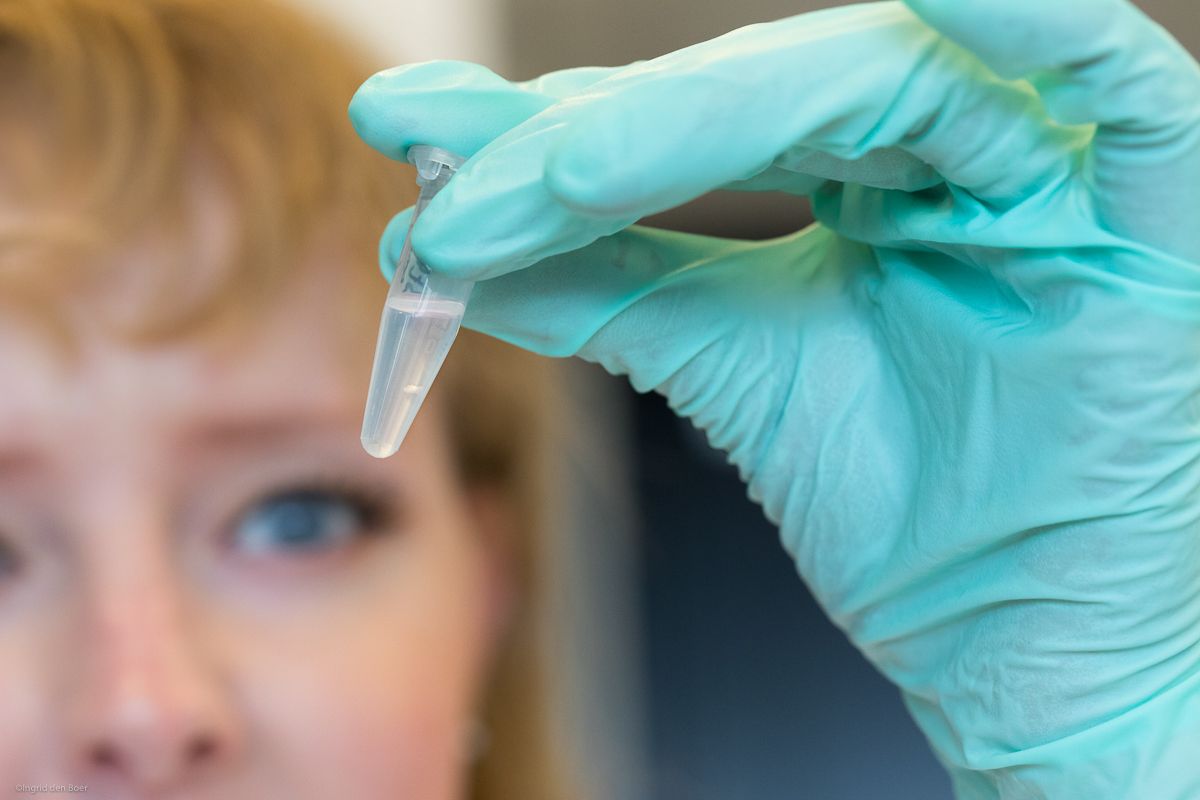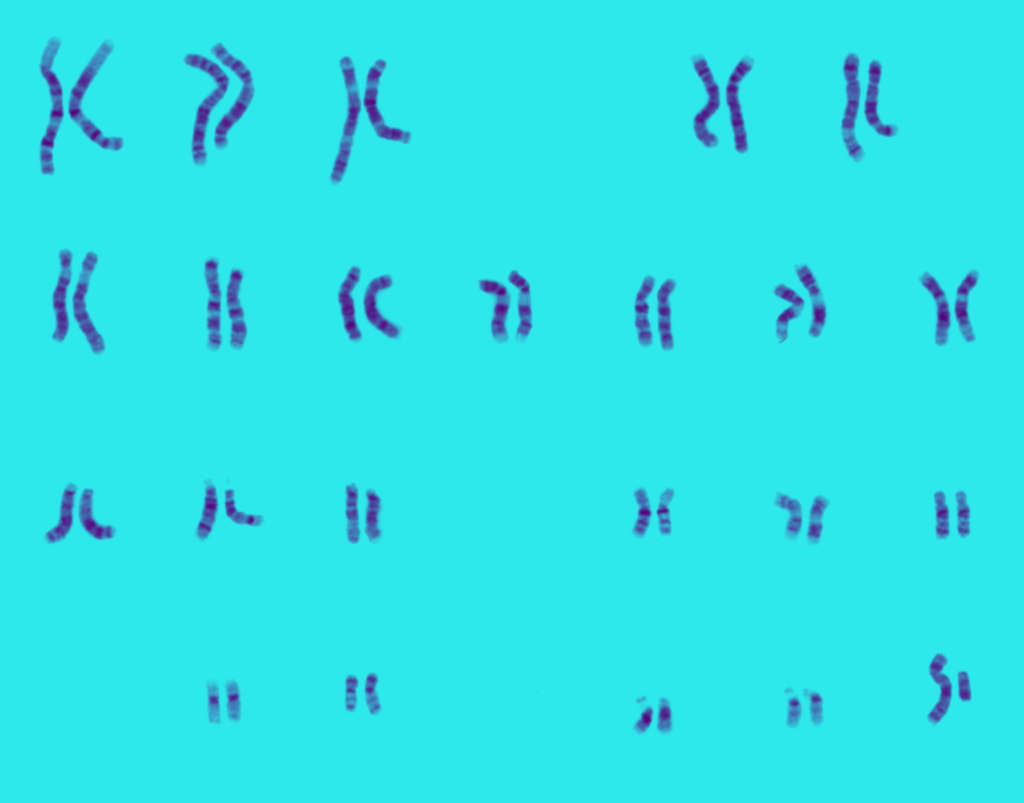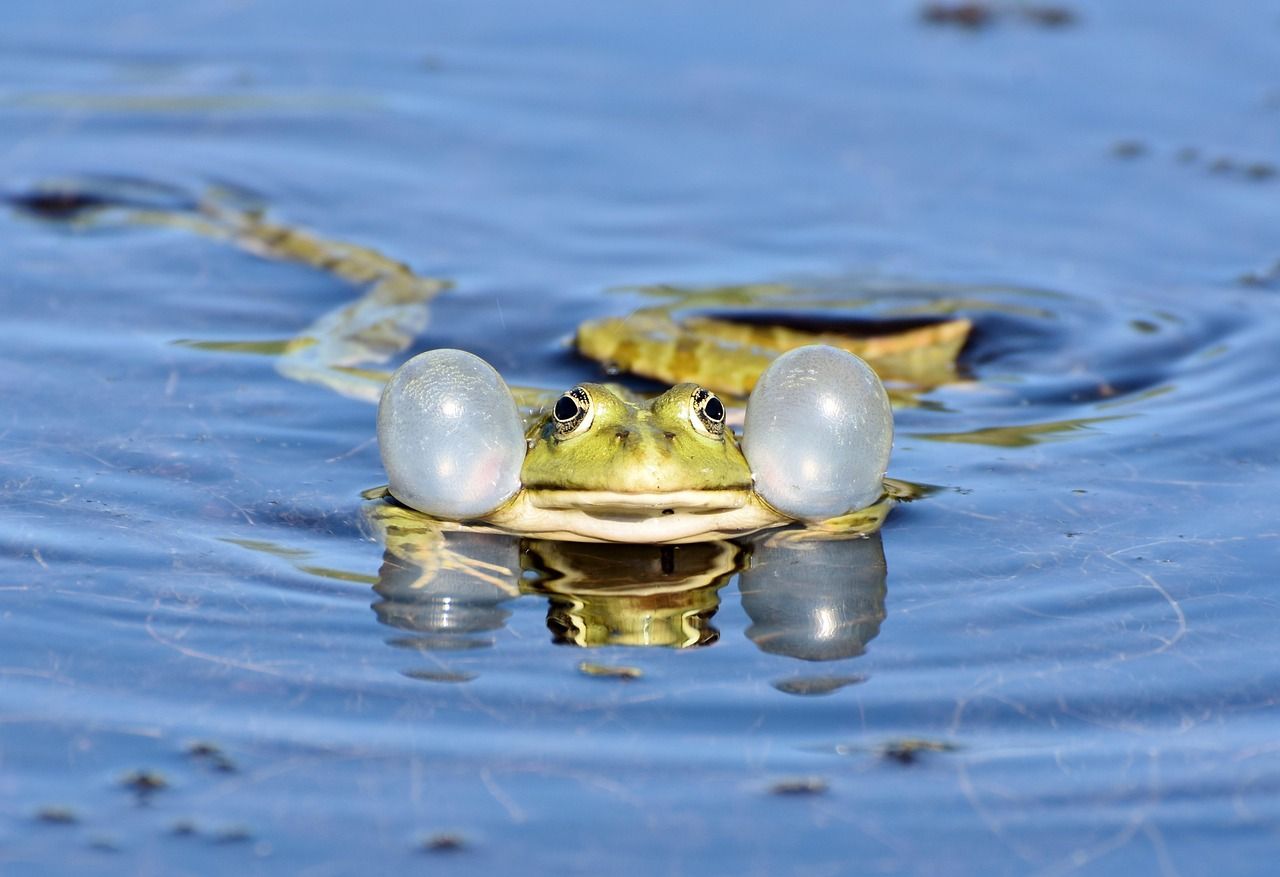"What is your favorite animal?" and more maddening questions!
(Engelse versie blog, voor de Nederlandse versie klik je hier)
28 jun, 2023
As a biologist you can work on it all: from molecules to ecosystems and from plants to animals. I myself chose to study mostly animals and their behavior. When I was still a child, I used to observe them every week at the zoo – and I still observe animals every day now. At my current job I even investigate the evolution and the DNA of animals.
In addition to researching animals, I enjoy
making other people enthusiastic about science and animals too. While doing so I secretly observe the behavior of the people around me: after all, we are nothing more than monkeys ourselves. And monkeys are predictable... For example, the most expected and frequently asked question I receive as a biologist is definitely: "what is your favorite animal?" Utterly maddening! Because how could I ever choose? What should that decision be based on, even? I think that could be an entire study in itself.
[Text continues after photo]
Did you know that, despite the low cuddliness-level, snakes are actually very social and intelligent animals? Pixabay CC0
Cuddliness, or DNA?
Most often one chooses a favorite animal based on its cuddliness. But a more original question you could ask, is: "which animal has the most absurd DNA?" To which I would respond: salamanders! Their DNA code is about ten times as long as that of a human, or most other animals. In that case we would base our fascination on a genetic trait - because why should cuddliness be the most important factor?
Let's take a different approach: why don’t we choose an animal with remarkable, evolutionary adaptations? Like a Nautilus, which has looked the same for hundreds of millions of years. For example, ask "which animal looks like something that is extinct, but is not?" A much more interesting conversation starter to talk about living fossils, if you ask me. Perfect question for when you are on a date too, so you can analyze someone's reaction (because who doesn't like a 'nature nerd'?)
Don't forget about endangered animals!
Perhaps an even more sensible way to pick an animal of interest is by talking conservation needs. In that case we would ask: "which wild animal desperately needs our support?" This will ensure we start thinking of vulnerable species, for instance the ones with a high extinction risk. So that we can discuss what we are going to do in order to prevent them from actually going extinct. I am thinking elephants, tigers and great apes, but it also makes me think of for instance sharks, insects and amphibians: they are struggling just as badly.
[Text continues after photo]
'Nemo' is a clownfish that lives symbiotically with anemones, which are by the way also very cool animals and not plants as is generally believed. Pixabay CC0
From cold and slimy to warm and hairy
Long story short: many biologists are not interested in one animal or animal group. Okay, of course there are specialists who have been fascinated all their lives by a super unique organism such as – I don’t know - a mushroom beetle, a redback bearded saki, or a “humuhumunukunukuapua'a”. (The latter is apparently a Hawaiian fish with a nose that resembles that of a pig. Yes, I did actually have to Google some stuff to make my point here). But those are the exceptions in my field.
That is what makes the
biology of animals so much fun for me: from cold and slimy to warm and hairy: I am interested in it! That makes me a bit of a generalist. And it makes it understandable that I am not able to choose one main favorite. So I won’t. But what I cán do is give you a list of a couple of animal species that I study or studied, for example, and that have therefore stolen a piece of my biologist’s heart: [Text continues after photo]
A chamois, which has a goat-like appearance, can run as fast as 50 kilometers an hour and can jump two meters high and six meters far! Pixabay CC0
Sea turtles
Did you know that it depends on the temperature of the nest whether sea turtle eggs develop into male or female turtles? The hotter it is, the more females there will be. In the past
I investigated such nests in Costa Rica, together with the University of Utrecht. I collected the eggs to prevent poachers from robbing the nests. When the eggs hatched, we brought them back to where the mother made the nest and released them in that exact same spot: what a spectacle to see those baby sea turtles racing towards the water!
Bats
Despite their bad reputation, bats play an incredibly important role in our ecosystem. And they eat a lot of mosquitoes: win-win. In the past I often conducted fieldwork as an ecological consultant for Econsultancy, and now I still regularly go outside to search for the bats. I find them using a so-called 'bat detector', which makes the echolocation sound of the bats that is inaudible to humans, audible. Or I use a flashlight: you often find them in the summer nights between the trees, above the water, or circling lampposts while hunting insects.
[Text continues after photo]
A grasshopper does not have ears on its head, but on its belly, so that it can 'hear through the ground'. Pixabay CC0
Pygmy hogs
Okay, let’s also include some cuddly looking animals here. The Indian pygmy hog, also known as the 'pygmy hog', is the smallest and most endangered pig species in the world. It is therefore not the same as a dwarf pig you encounter at the petting zoo, but it is really a special species.
I studied the DNA of those hoggies together with Wageningen University and even got to see a stuffed specimen behind the scenes in the collection of Naturalis! A lot of effort is being made in India to preserve this species in the wild. A documentary that I can recommend about this is called 'Durrell's Underhogs': you can easily watch it on the internet.
Salamanders
Especially
crested newts and marbled newts. I mention them here because I am currently working on these species together with Naturalis and the University of Leiden. These salamanders have an incredibly long DNA code. And also, there are all kinds of evolutionary riddles hidden within that DNA code! With my colleagues from the Wielstra lab I am investigating a severe mutation in the DNA that causes half of the eggs of these animals to never hatch (strange syndrome, as this is essentially a big waste of eggs!)
What animal deserves to be in the spotlight according to you?
Let the world know by sharing this blog online together with your answer!
Photos: Pixabay CC0.


